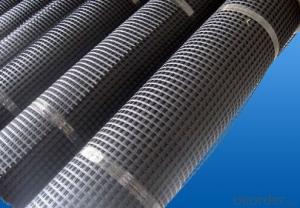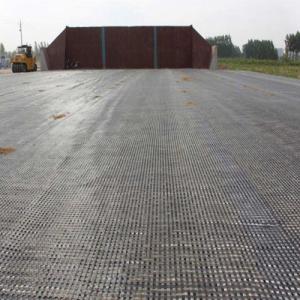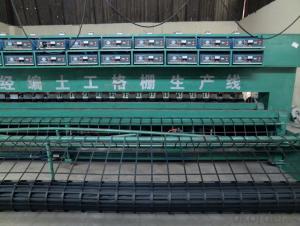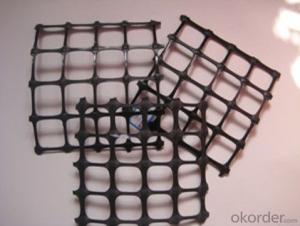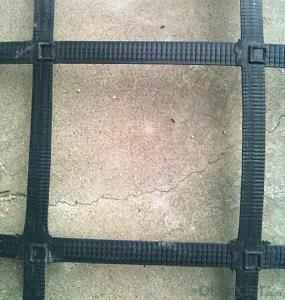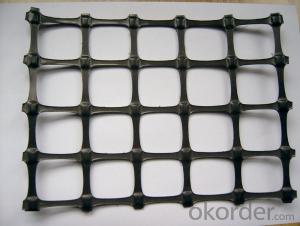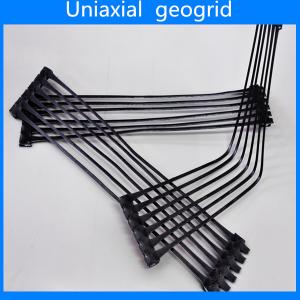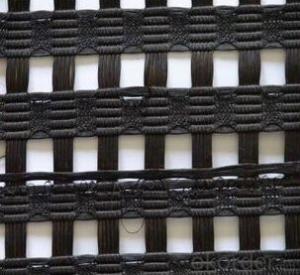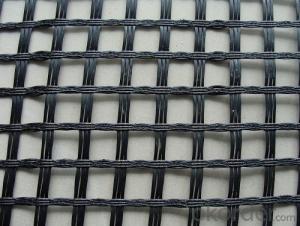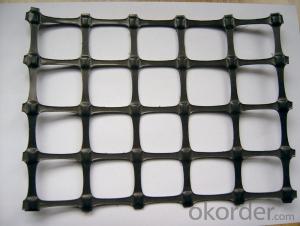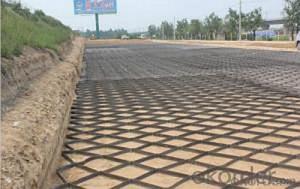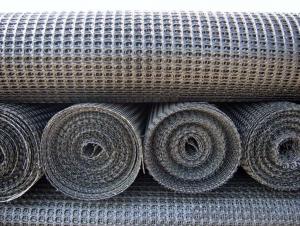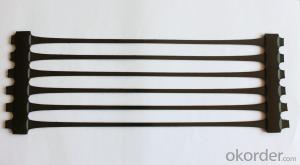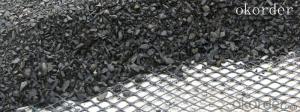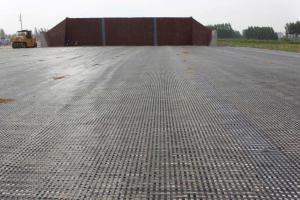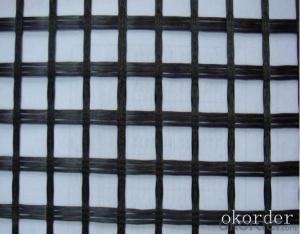Sgu 60 Geogrid
Sgu 60 Geogrid Related Searches
Geogrid 40 40 Sg200 Geogrid Tensar Ss30 Geogrid Grass Geogrid Sbx 11 Geogrid Gmb Geogrid Triax 160 Geogrid Geogrid Grass Tx 140 Geogrid Tx 130 Geogrid Tensar Tx160 Geogrid Srw 3 Series Geogrid Geogrid Machine Geogrid Tx160 Gravel Geogrid Sbx12 Geogrid Geogrid Mat Geogrid Australia Tensar Triax 160 Geogrid Bx 1200 Geogrid Geogrid 30/30 Synthetic Geogrid Type 2 Geogrid Rx1200 Geogrid Tx150 Geogrid Geostar Geogrid Plastic Geogrid Standartpark Geogrid Tx170 Geogrid Alliance GeogridSgu 60 Geogrid Supplier & Manufacturer from China
Sgu 60 Geogrid is a high-performance geosynthetic material designed for use in civil engineering and construction projects. This product is engineered to provide soil reinforcement, erosion control, and load distribution, making it an essential component in various applications such as road construction, slope stabilization, and retaining walls. By incorporating Sgu 60 Geogrid into these projects, engineers can enhance the overall structural integrity and durability of the construction.The Sgu 60 Geogrid is widely utilized in a range of scenarios where soil reinforcement and stabilization are crucial. It is particularly effective in situations where the soil's natural strength is inadequate to support the imposed loads, such as in the case of weak or soft soil conditions. By incorporating this geogrid into the soil, the load-bearing capacity is significantly improved, leading to more stable and reliable structures. Additionally, the geogrid helps to prevent soil erosion and ensures that the soil particles remain in place, further contributing to the stability of the construction.
Okorder.com is a reputable wholesale supplier of Sgu 60 Geogrid, boasting a large inventory that caters to the needs of various construction projects. As a leading distributor in the geosynthetic materials market, Okorder.com ensures that customers have access to high-quality products at competitive prices. With their extensive stock, they can promptly fulfill orders, ensuring that construction projects are not delayed due to supply chain issues. By partnering with Okorder.com, contractors and engineers can rely on a steady supply of Sgu 60 Geogrid to meet their project requirements.
Hot Products
